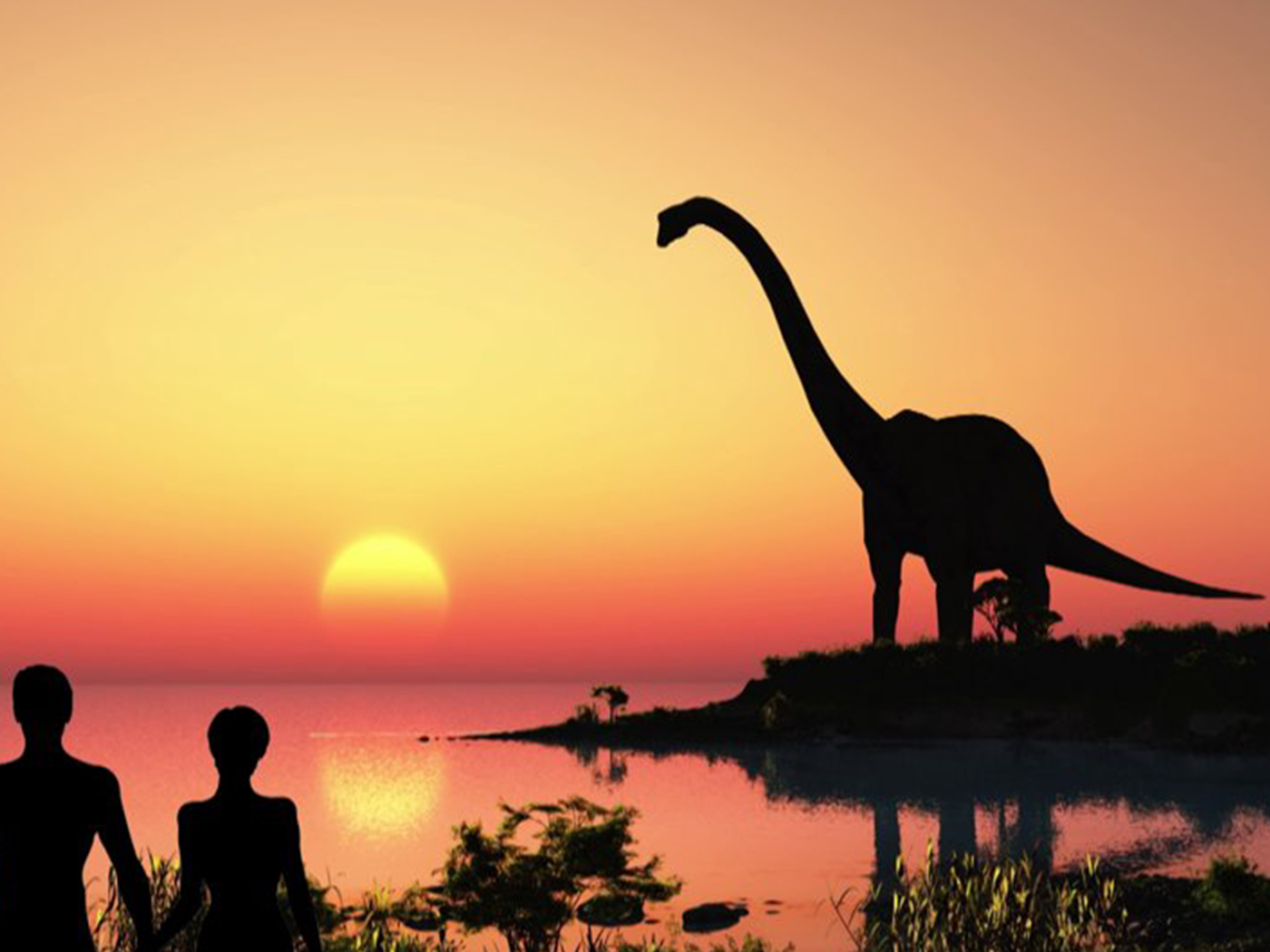What is the origin of species? This month marks the three-year anniversary of the ICR Life Science research initiative addressing this question.1 Much has been accomplished since April 2010.
Over the past three years, our research has been guided by two overall goals—refuting the Darwinian explanation for the origin of species with science data and investigating the true origin of species within the parameters of Scripture. This research direction narrowed our focus to three specific questions: 1) What is the ancestry for each species?1, 2, 3 2) How did species diversify post-creation and post-Flood?4 3) Why is species’ variation limited within the kinds mentioned in Genesis 1?5
Since our initial exploration into this research, we have added a few more questions. A fuller view of species’ origins entails looking at both ends of the spectrum from origins to extinction. Hence, we are considering hypotheses on species’ extinction—a question that has ramifications not only for creation/evolution, but also for conservation. Conversely, the question of species’ age also plays a significant role in understanding species’ histories. We are investigating signatures of recent creation at many levels of biology from populations to DNA.
Related to refuting Darwin’s hypothesis, we are also exploring the question of biogeography—why species are distributed in the places that we currently find them. This key “evidence” of evolution will certainly be best understood in light of the Flood and subsequent migrations.
Finally, to understand the effects of the Curse (Genesis 3) on species, we are utilizing the skills of the newest member of our research team, parasitologist Frank Sherwin, to study the origin of biological “nasties”—pathogens, parasites, predators, and defense systems.
What have we accomplished since 2010? The research team’s work has been quite prolific. In particular, Jeff Tomkins has been steadily chopping away at the evolutionary claim that humans and chimpanzees have a common genetic ancestry. He has demolished both icons of this evolutionary dogma—the supposed human chromosome 2 “fusion” and the purported 98 to 99 percent genetic identity between humans and chimps.6-12 His latest findings suggest that this supposed genetic identity is as low as 70 percent.13 Dr. Tomkins has also made significant contributions to our understanding of the intricate designs within every cell, with articles already published on this front.14, 15
What can we expect in the near future? Dr. Tomkins and I both have papers in the scientific peer review process dealing with new molecular findings. We’ll tell you about them as soon as they are ready for publication. Exciting things are happening in the research department at ICR!
References
- Jeanson, N. 2010. New Initiatives in Creation Research. Acts & Facts. 39 (4): 6.
- Jeanson, N. 2010. New Frontiers in Animal Classification. Acts & Facts. 39 (5): 6.
- Jeanson, N. 2010. Common Ancestry and the Bible—Discerning Where to Draw the Line. Acts & Facts. 39 (6): 6.
- Jeanson, N. 2010. The Impetus for Biological Change. Acts & Facts. 39 (8): 6.
- Jeanson, N. 2010. The Limit to Biological Change. Acts & Facts. 39 (7): 6.
- Tomkins, J. and J. Bergman. 2012. Genomic monkey business—estimates of nearly identical human-chimp DNA similarity revaluated using omitted data. Journal of Creation. 26 (1): 94-100.
- Bergman, J. and J. Tomkins. 2012. Is the Human Genome Nearly Identical to Chimpanzee? A Reassessment of the Literature. Journal of Creation. 26 (1): 54-60.
- Tomkins, J. 2011. Genome-Wide DNA Alignment Similarity (Identity) for 40,000 Chimpanzee DNA Sequences Queried against the Human Genome is 86-89%. Answers Research Journal. 4 (2011): 233-241.
- Tomkins, J. 2011. How Genomes Are Sequenced and Why it Matters. Answers Research Journal. 4 (2011): 81-88.
- Tomkins, J. 2011. Response to Comments on “How Genomes are Sequenced and Why it Matters: Implications for Studies in Comparative Genomics of Humans and Chimpanzees.” Answers Research Journal. 4 (2011): 161-162.
- Bergman, J and J. Tomkins. 2011. The chromosome 2 fusion model of human evolution—part 1: re-evaluating the evidence. Journal of Creation. 25 (2): 106-110.
- Tomkins, J. and J. Bergman. 2011. The chromosome 2 fusion model of human evolution —part 2: re-analysis of the genomic data. Journal of Creation. 25 (2): 111-127.
- Tomkins, J. 2013. Comprehensive Analysis of Chimpanzee and Human Chromosomes Reveals Average DNA Similarity of 70%. Answers Research Journal. 6 (2013): 63-69.
- Tomkins, J. and J. Bergman. 2011. Telomeres: implications for aging and evidence for intelligent design. Journal of Creation. 25 (1): 86-97.
- Tomkins, J. 2011. The Junk DNA Myth Takes a Well-Deserved Hit. A review of The Myth of Junk DNA by Jonathan Wells. Journal of Creation. 25 (3): 23-27.
* Dr. Jeanson is Deputy Director for Life Sciences Research and received his Ph.D. in Cell and Developmental Biology from Harvard University.
Cite this article: Jeanson, N. 2013. ICR Life Sciences Research: Three Years in Review. Acts & Facts. 42 (4): 9.












